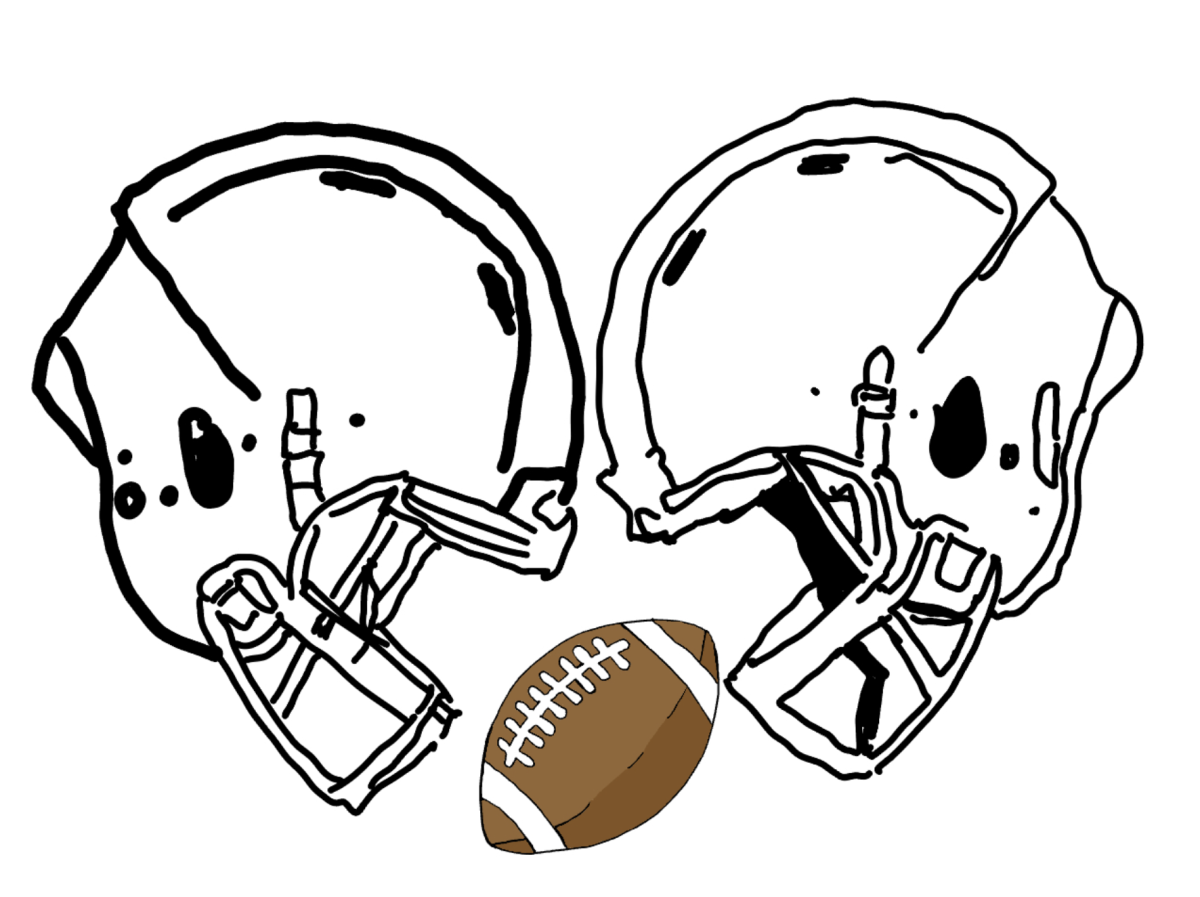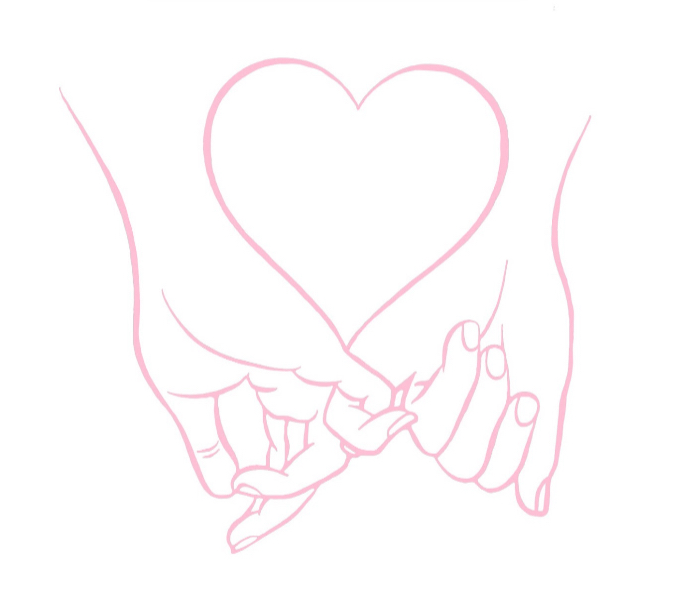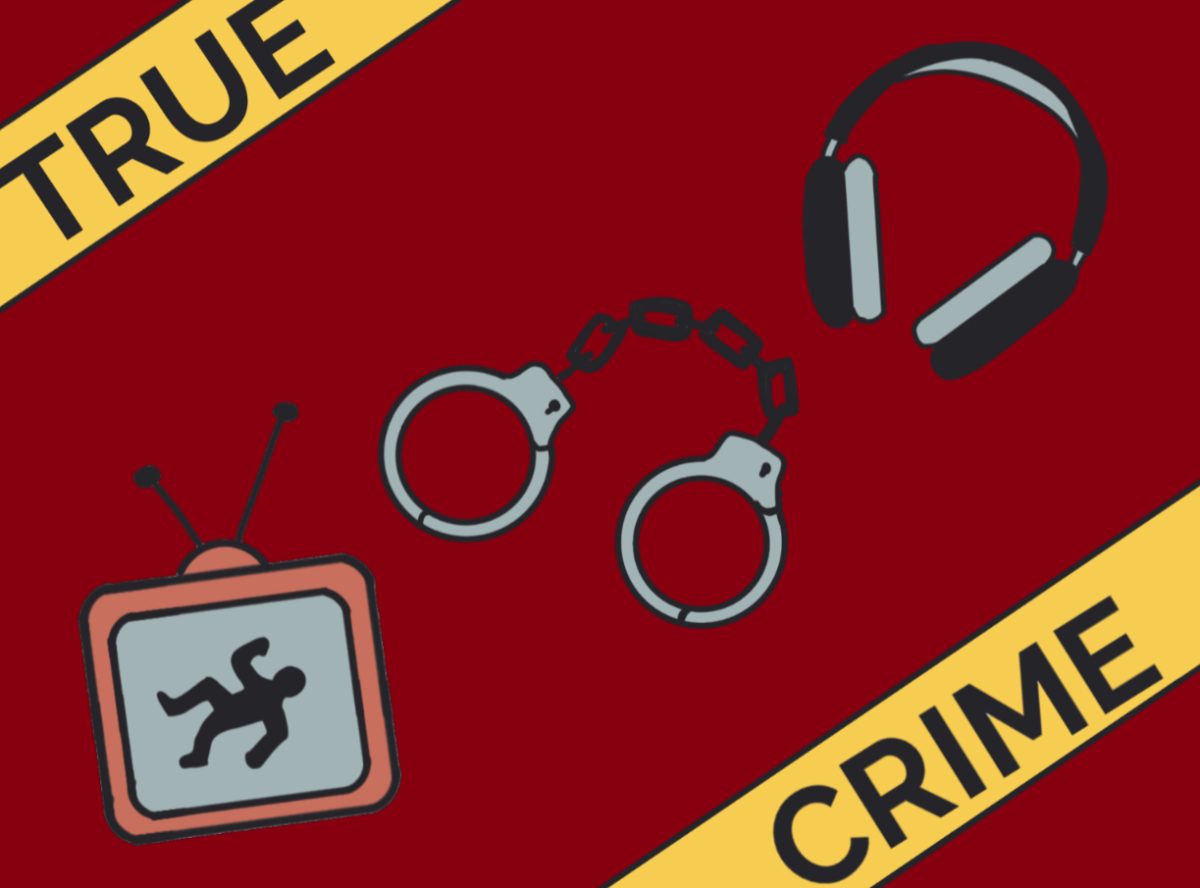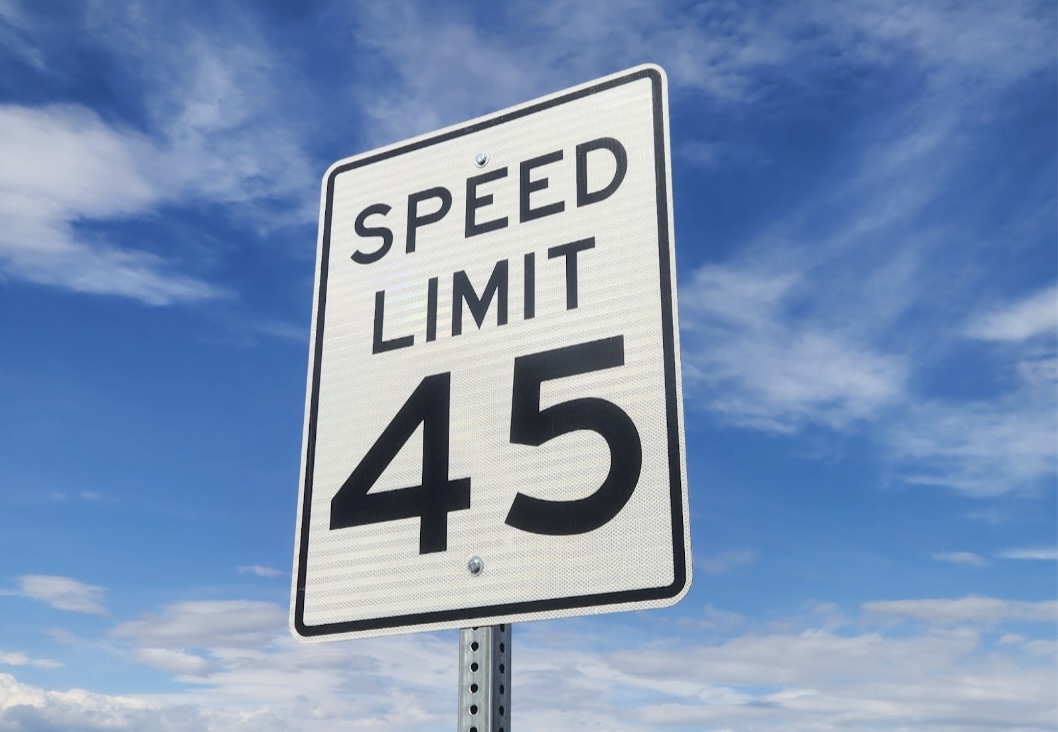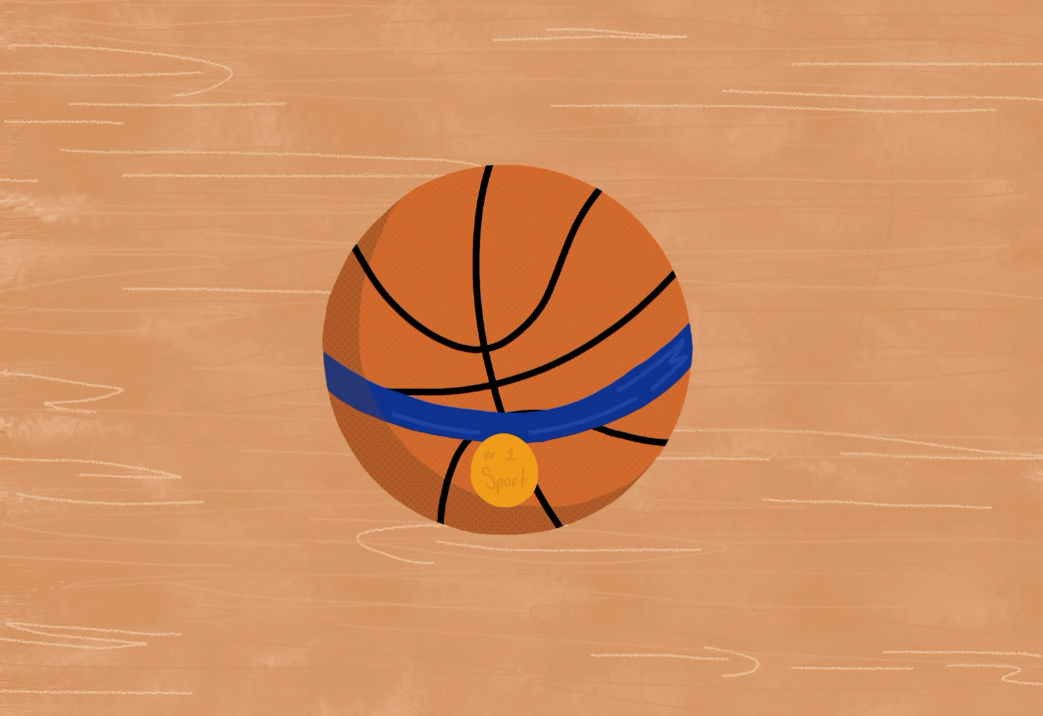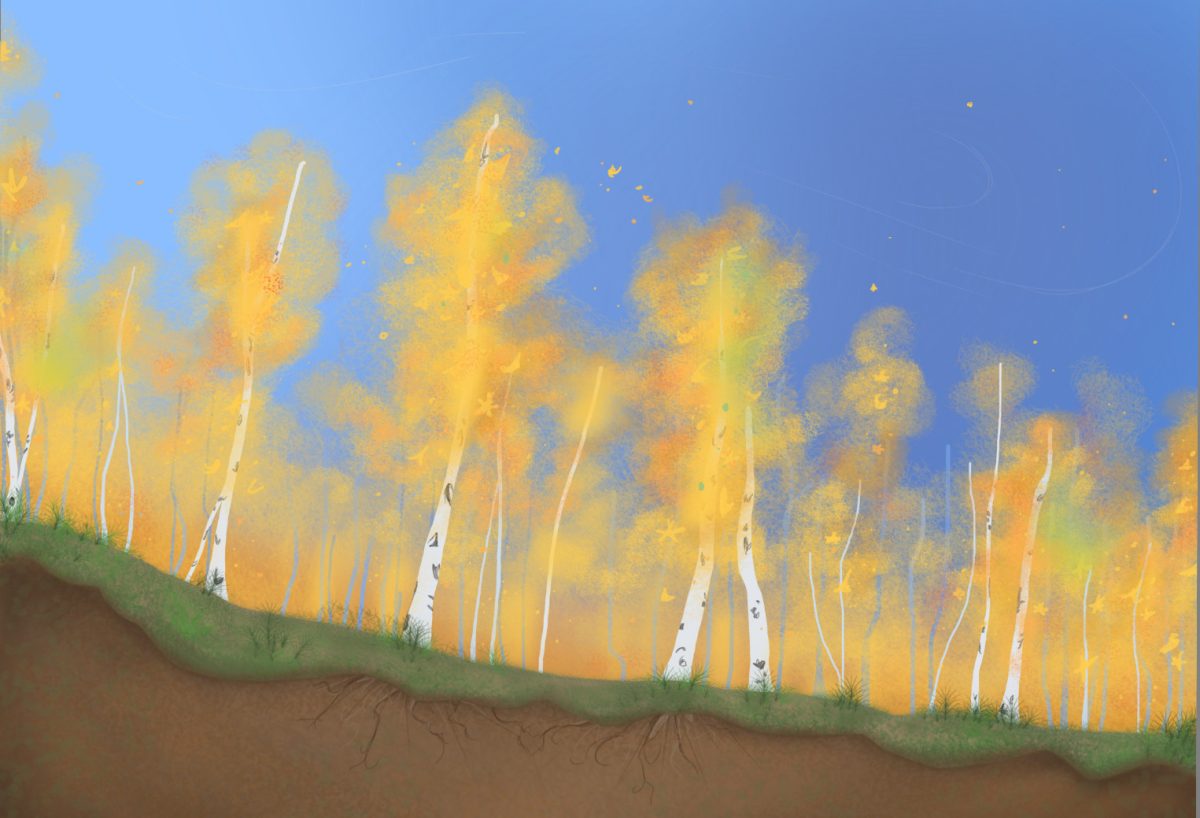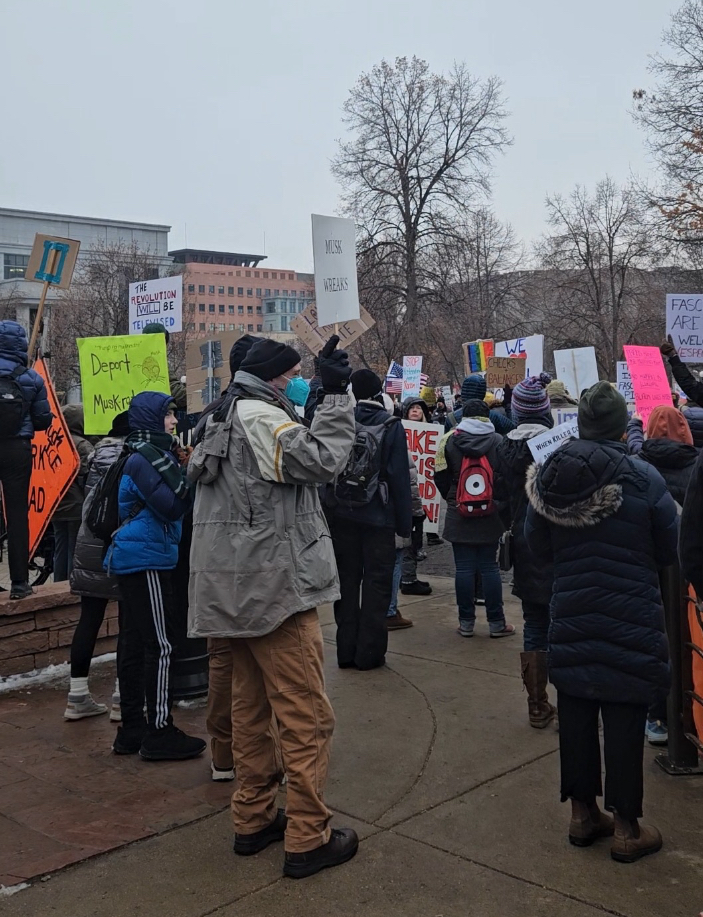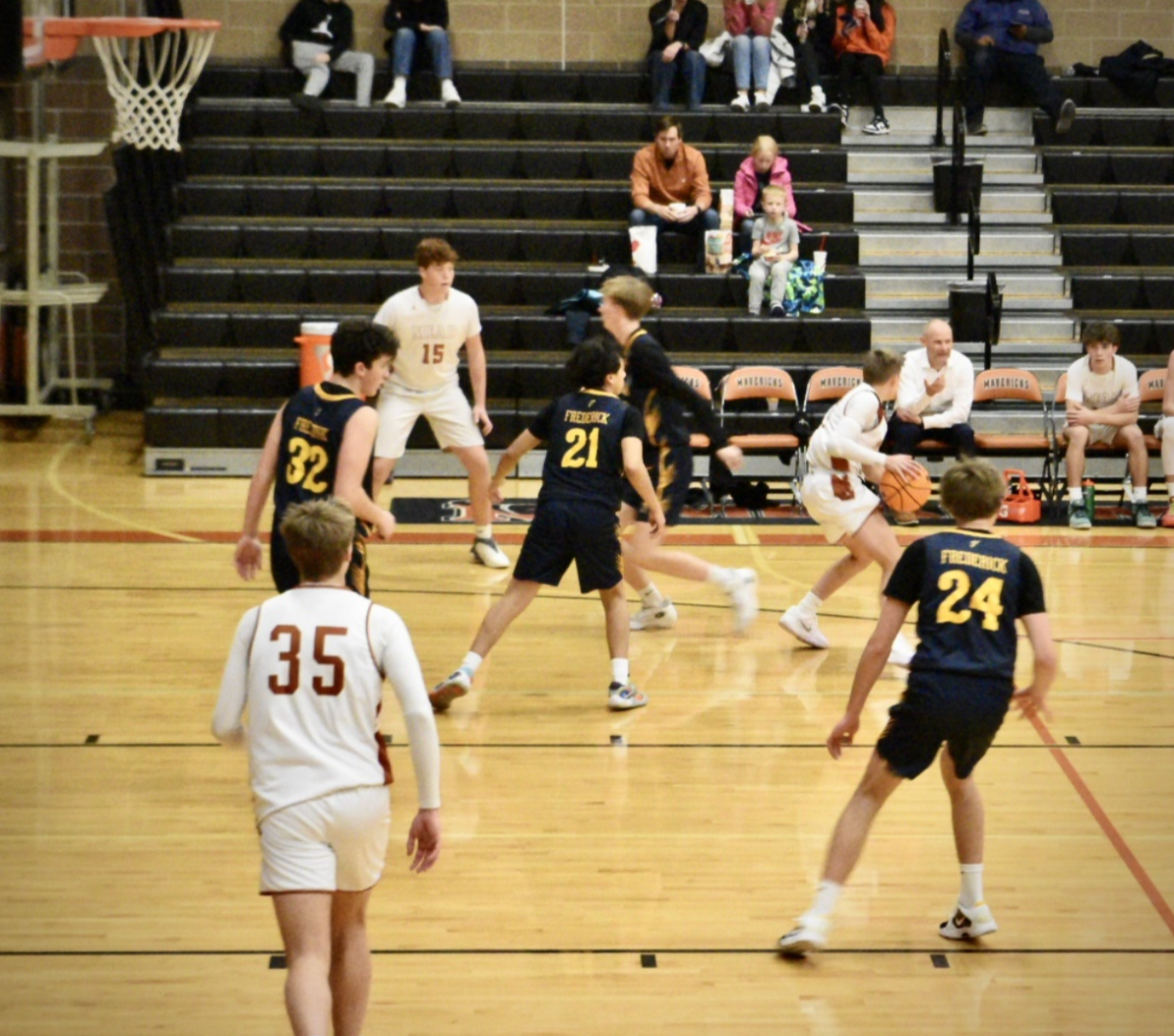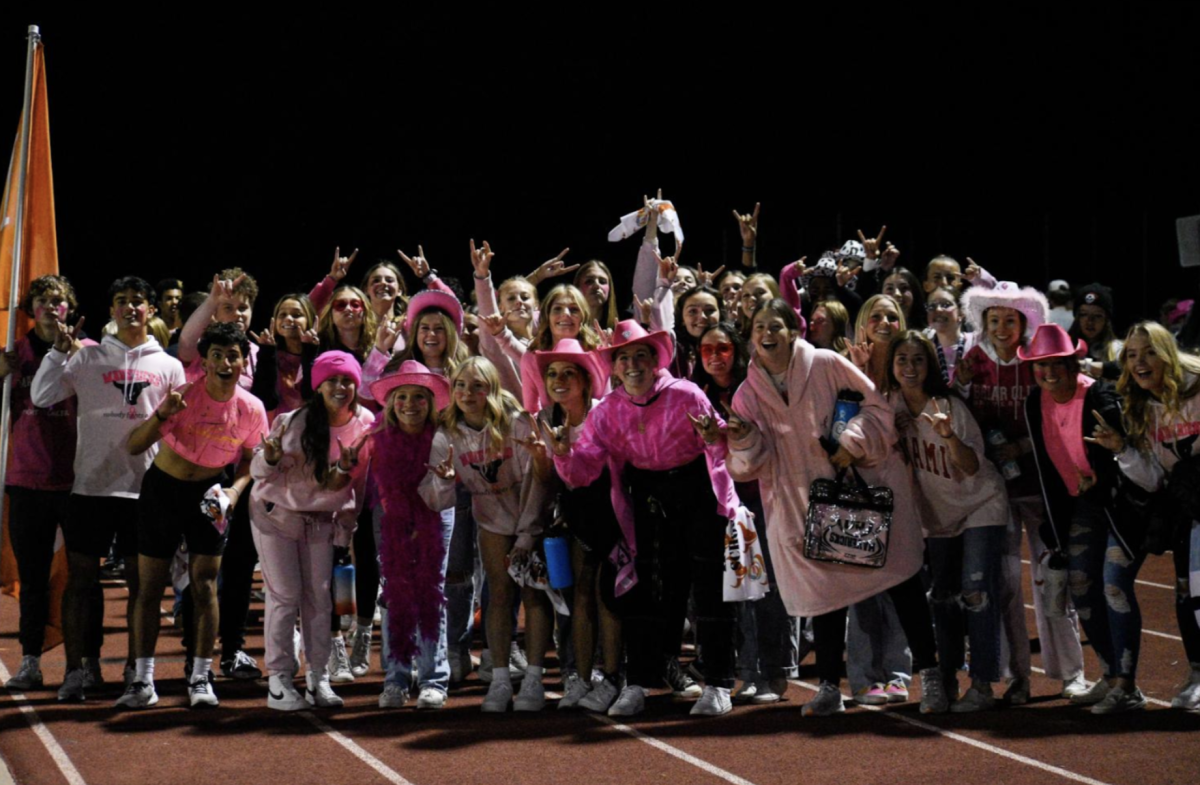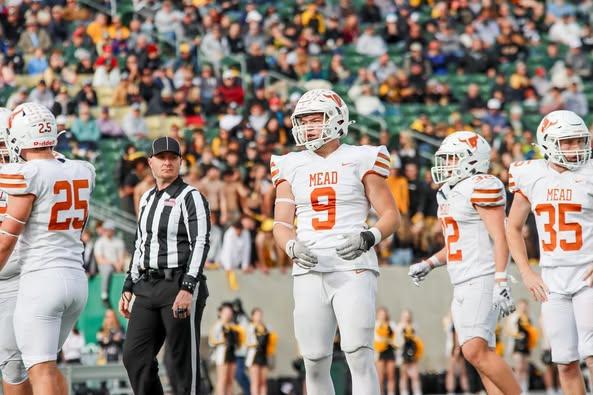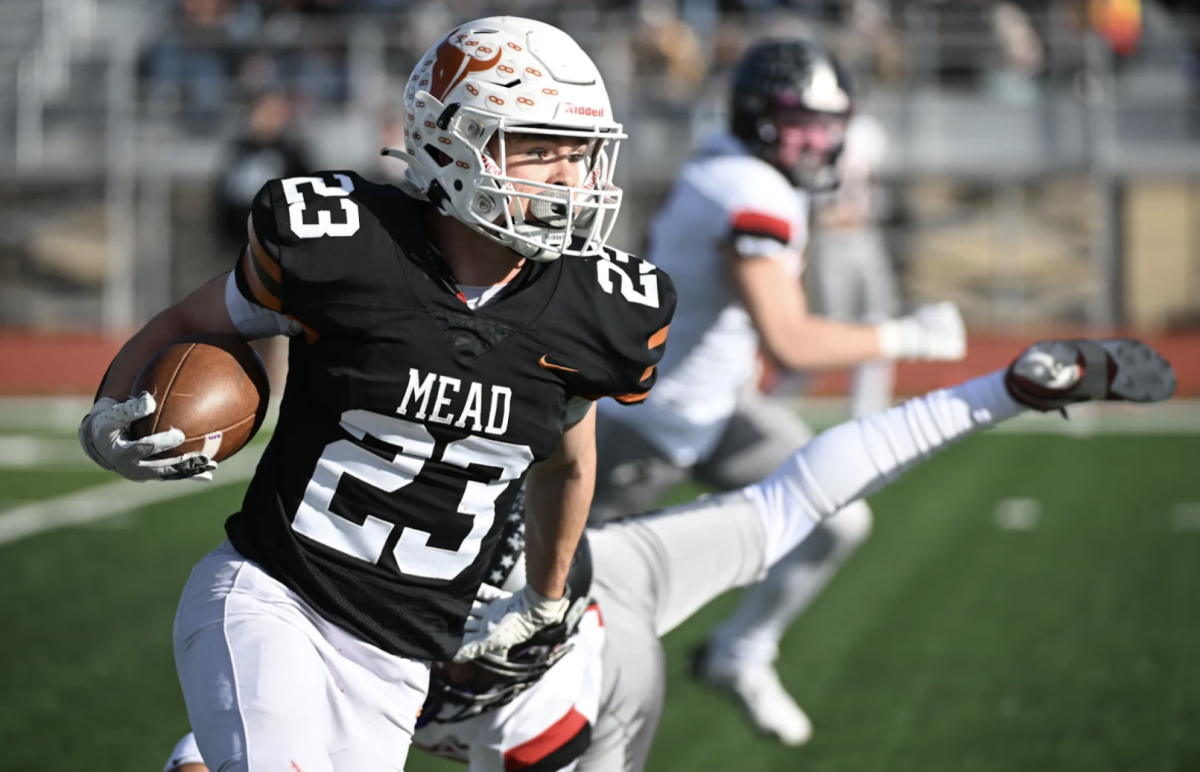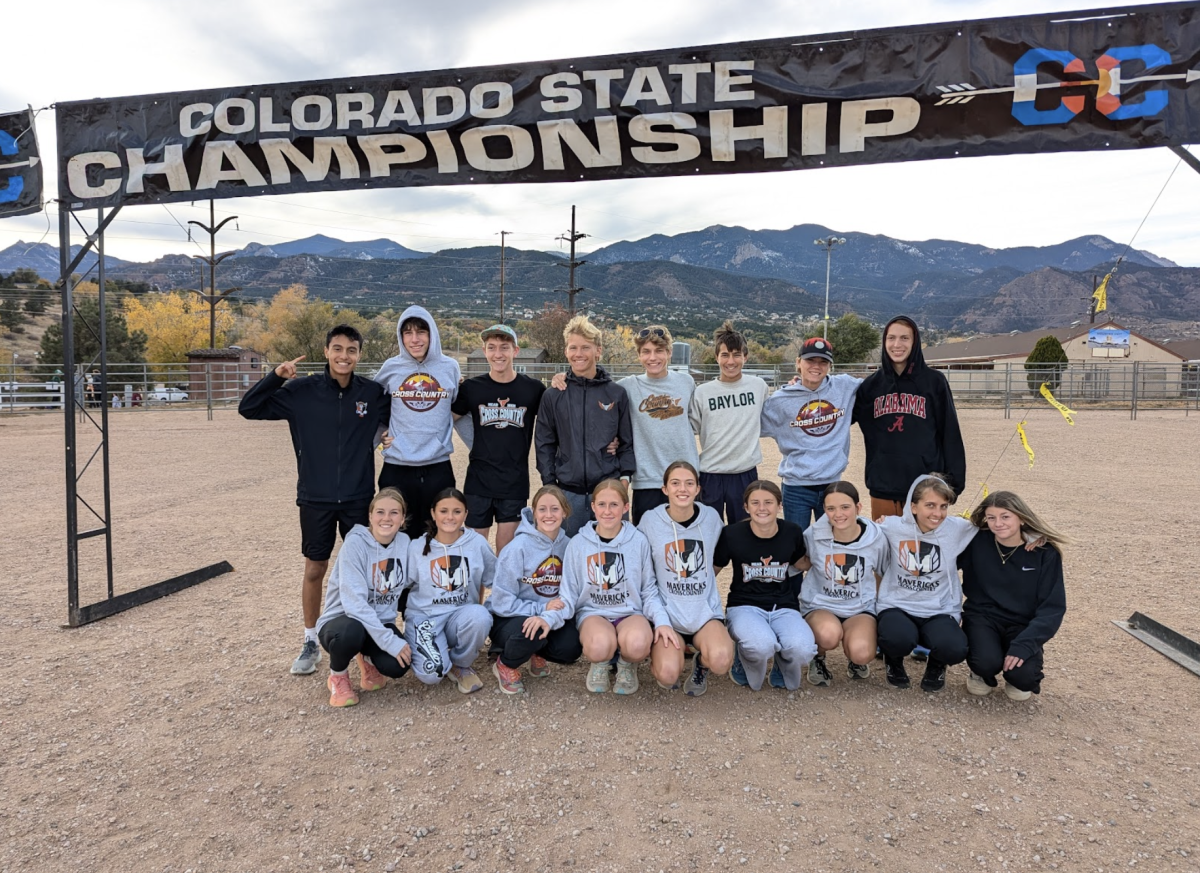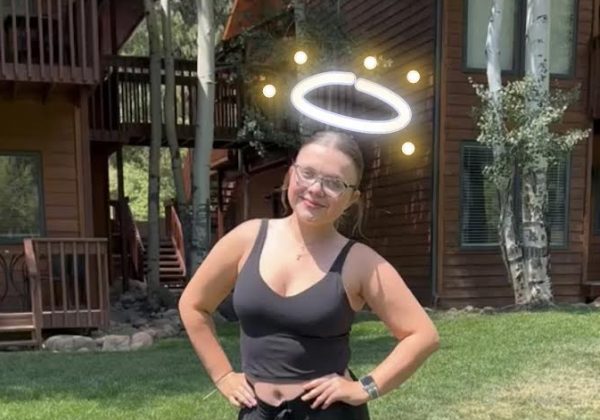Unlike knees and ankles, your brain is not replaceable. Concussions are one of the most common injuries amongst players just behind a torn ACL and torn Achilles. You only get one brain in your lifetime.
Although the NFL has come up with ways to decrease the amount of concussions, it’s not enough. For example, the NFL has made changes to kickoffs, making it so the space and speed between the kicking team and the return team decrease to prevent the severity of the hits.
Most players this NFL season who have experienced concussions are from tackling. While there is a rule against helmet-to-helmet hits, it isn’t enough. Players are still getting concussions from tackles made by the defenders or just having a forceful impact on the turf.
The way helmets are now being built has also been improved. Every year, the helmets undergo laboratory testing as well as evaluation in order to determine which helmets best reduce head impact severity. Along with making improvements to the helmets, this year the NFL introduced guardian caps that allow for more cushion against blows. Players are given the option to wear them, but it has not been made a requirement.
The NFL should look into making guardian caps mandatory or requiring players who are more prone to concussions to wear them with their helmets. If more players are wearing them, concussion rates should decrease as they add more cushion on the helmet.
The starting quarterback for the Miami Dolphins, Tua Tagovailoa, has been one of many players impacted by concussions. The most recent injury Tagovailoa suffered was a concussion, which placed him on injured reserve (IR) requiring the Dolphins to play their backup quarterbacks.
In week six of the NFL, three players suffered concussions; all of which came from tackles. At the Broncos vs. Chargers game, Broncos Cornerback Pat Surtain II went to make a tackle and smacked his head on the turf. The impact caused him to be ruled out for the rest of the game along with missing the next game against the Saints. Moreover, Arizona Cardinals receiver, Marvin Harrison Jr., hit his head on the thigh of a Green Bay Packer linebacker. Once again, the impact caused him to be ruled out with a concussion, though he was able to clear protocol to play in week seven. Lastly, Saints wide receiver, Chris Olave, was involved in a helmet-to-helmet collision with the Tampa Bay Buccaneers that sidelined him for the rest of the game, along with the week seven matchup against the Broncos.
Some might say that concussions involve only a short healing process; however, they can also have serious long-term effects.
CTE or Chronic Traumatic Encephalopathy is a disorder that is caused by repeated hits to the head. Most players who have CTE don’t know they have it until an autopsy is done after they die. It has been linked with depression and suicidal thoughts. Dave Duerson and Junior Seau were some NFL players who died by suicide, but after an autopsy was performed they found that they had CTE.
While players can clear concussion protocol pretty quickly, the NFL doesn’t say much about the long-term effects of brain damage and CTE. Nor have they talked about the long-term risks there are on the players who endure recurring hits to the head, even though they should.

